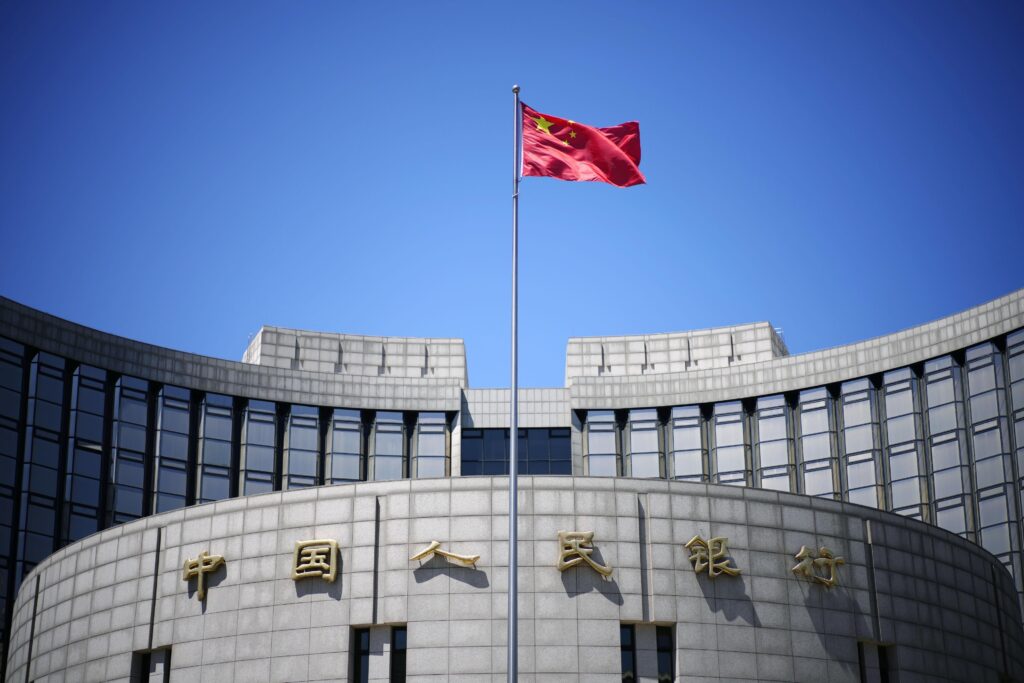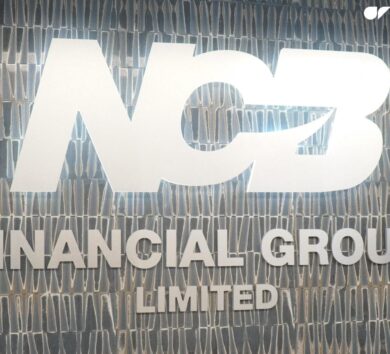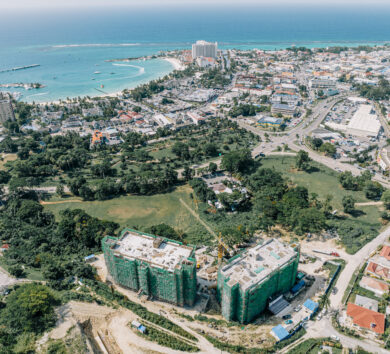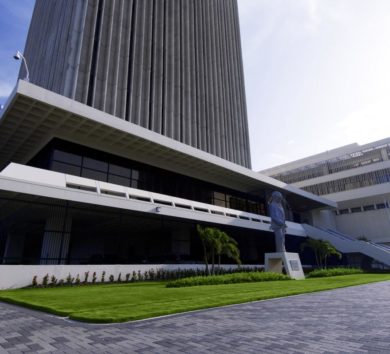

China’s central bank has cut its main benchmark lending rates, as its economic recovery fizzles out and the second largest economy in the world is in dire need of bolstering.
The People’s Bank of China today (June 20) trimmed its one-year loan prime rate (LPR) by 10 basis points from 3.65 per cent to 3.55 per cent, and reduced the five-year rate by the same margin to 4.2 per cent. This rate cut is the first in 10 months and represents the latest effort to usher growth in the Chinese economy.
Details of rate cuts
The cuts follow reductions in other interest rates last week. The LPR sets the interest that commercial banks charge their best clients, and serves as the benchmark for household and corporate lending.
The one-year rate affects most new and outstanding loans, while the five-year rate influences the pricing of longer term loans, such as mortgages. This is the first time the PBOC has cut both LPR rates since August 2022, when renewed COVID-19 lockdowns and a deepening property downturn were pummeling the economy.
It comes, as Wall Street banks, including Goldman Sachs, slash their forecasts for China’s economy. Goldman Sachs contends that the recovery sparked by the country’s post-COVID reopening seems to have “fizzled out” in the second quarter, as it downgraded its forecast for growth this year to 5.4 per cent from six per cent.
However, analysts say the central bank’s effort today and last week didn’t go far enough. According to chief Asian foreign exchange strategist at Mizuho Bank, Ken Cheung, “the 10 bps rate cut[s] are unlikely to stimulate business confidence and housing demand. We reckon that a bold stimulus package covering fiscal policy and supporting measures in property markets are needed to revive market confidence on China’s recovery.”
Stock market responds
Hong Kong and mainland Chinese stocks slid after today’s rate cuts. The Hang Seng (HSI) Index declined 1.7 per cent, and the Shanghai Composite dropped 0.5 per cent. They underperformed other markets in the region.

“This move is in line with our expectations, but might be disappointing for some forecasters who expected a deeper cut of at least 15 [basis points] to the five-year LPR,” Goldman Sachs analysts wrote in a note today. Goldman Sachs noted further, “we continue to expect further policy easing measures to be announced in the next few weeks, especially on fiscal, housing and consumption, although the magnitude of stimulus should be smaller than in previous easing cycles.”
Property investment declined 7.2 per cent in the first five months of 2023, worse than the 6.2 per cent drop recorded in the January-to-April period, based on official data released last week. The slowdown is also evident in many other sectors.
Factory activity slumped in May to its weakest level since the country ended its zero-COVID policy in December, according to a government survey released at the end of last month. Customs statistics showed separately that exports fell 7.5 per cent in May from a year ago, the biggest decline since January, as manufacturers struggled to find demand abroad amid slowing global growth.







Comments